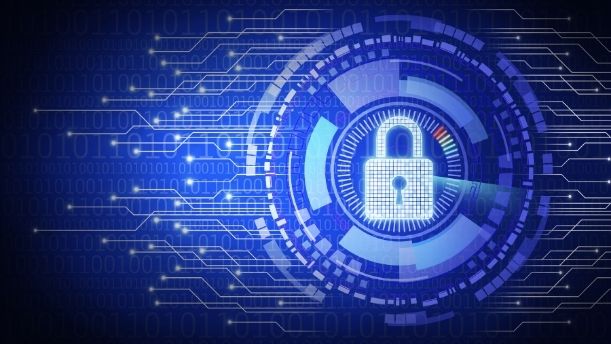What is Unsupervised Learning?
Unsupervised Machine Learning a machine learning technique that uses Machine learning algorithms to analyze data. It doesn’t need anyone to supervise the model. On the contrary, the model works on its own to determine patterns and information hidden in the data. No labels are given to the learning algorithm. No targets are given to the model while training. Unsupervised learning does not require any human intervention. At Crafsol, we understand the different algorithms and suggest the model for Machine Learning accordingly.
The training data that we feed comprises of two important components:-
- Unstructured data: It may contain data that is meaningless, incomplete, or unknown data.
- Unlabelled data: The data contains a value for input parameters but not for the output.
Why Unsupervised Learning?
There are multiple reasons for which Unsupervised Learning is important.
- With human intervention, there are chances we might miss out on a certain pattern. Unsupervised Machine Learning finds all kinds of unknown patterns.
- Large datasets are very expensive, especially if everything needs to be labeled. Computers can mostly give unlabelled data so only a few of them can be labelled manually.
- With the help of clustering, it can find features that can help in the categorization of data.
- It can help in scenarios where we don’t know how many or what classes is the data divided.
Types of Unsupervised Learning
- Clustering: The most common unsupervised learning method involves the Clustering method that involves exploring data, the grouping of data, and finding hidden structures. This technique is used to find natural clusters if they exist in the data. Further, you can also modify the number of clusters that the algorithm can identify.
- Association: This is a rule-basedtechnique that finds out useful relation between two parameters of a large data set. This technique is used in shopping stores which helps in finding the relationship between two sales. This helps in understanding user behavior.
Supervised vs. Unsupervised Machine Learning
| Supervised Learning | Unsupervised Learning |
| In supervised learning the data is trained using labelled data | In Unsupervised Learning the data is trained using unlabelled data |
| Both Input and Output variables are given | Only input variable is given. Output can’t be predicted |
| The algorithms are trained using labelled data | Algorithms are used against unlabelled data |
| Supervised Learning needs supervision to train the algorithm model | Unsupervised learning doesn’t require any human intervention. |
| Supervised Learning can be categorized in Classification and Regression problems | Unsupervised Learning can be classified in Clustering and Association problems |
| Supervised learning model produces accurate result | Unsupervised learning produces less accurate result |
Application of Unsupervised Machine Learning
Unsupervised Learning has many applications across various industries.
- Clustering: You can discover datasets into groups using Clustering. Clustering automatically split the dataset into groups according to similarity.
- Anamoly detection: Fraudulent transactions can be determined by identifying unusual data points in your dataset. You can also determine faulty pieces of hardware.
- Association mining: Unsupervised learning can identify a set of two items that occur frequently. Many retailers use this method for basket analysis as it helps analyze the goods often purchased at the same time. Using this information, effective marketing strategies can be developed that can increase sales.
- Latent variable models: we can use this model for data processing in a case of reducing features or in a data set in multiple components.
Conclusion: Unsupervised Machine Learning technique is an important technique with a wide range of applications. At Crafsol in Pune, we assist companies in Machine Learning Consulting Services. Connect with us at Crafsol to learn more about the application of Unsupervised Learning.







